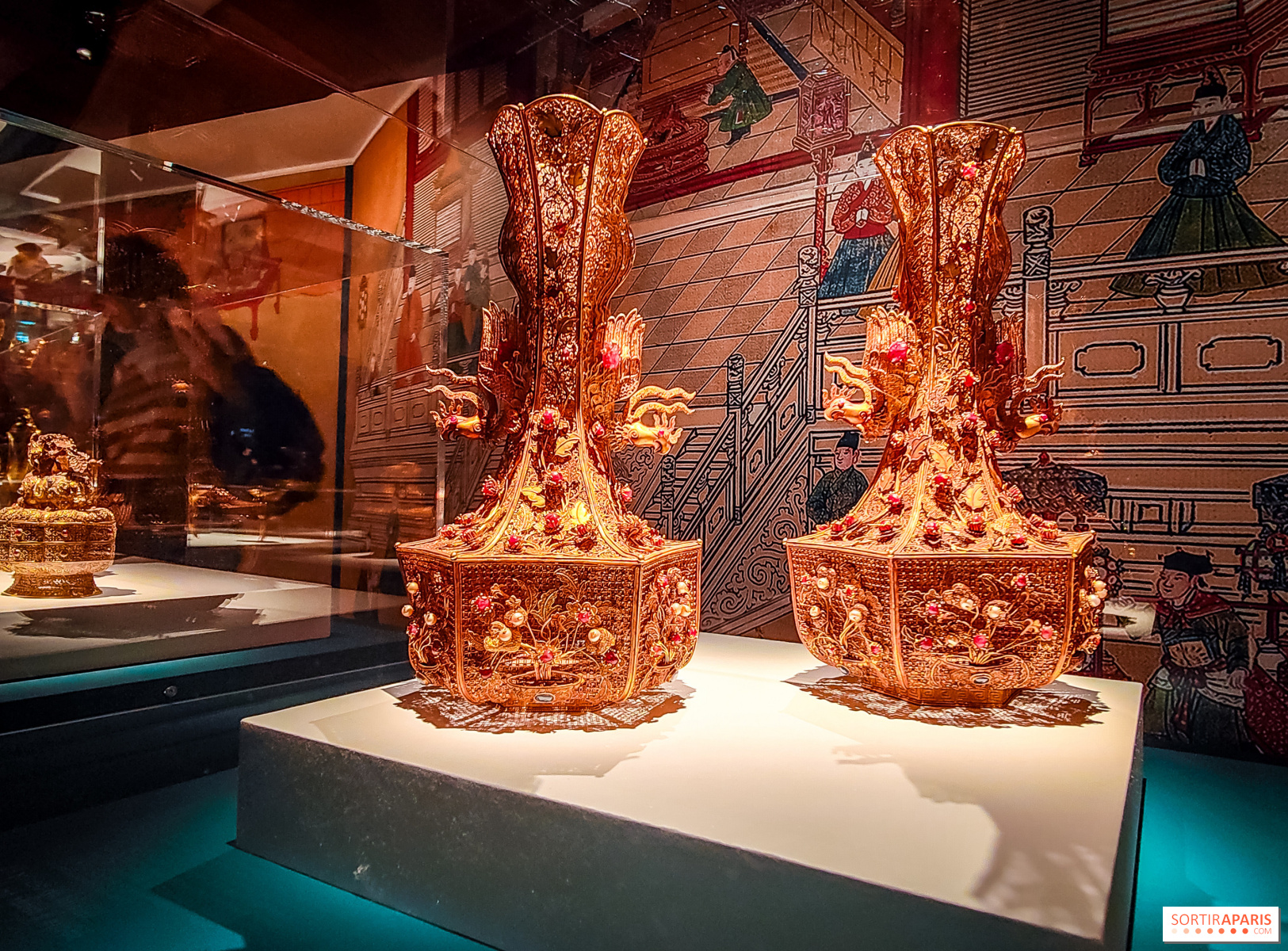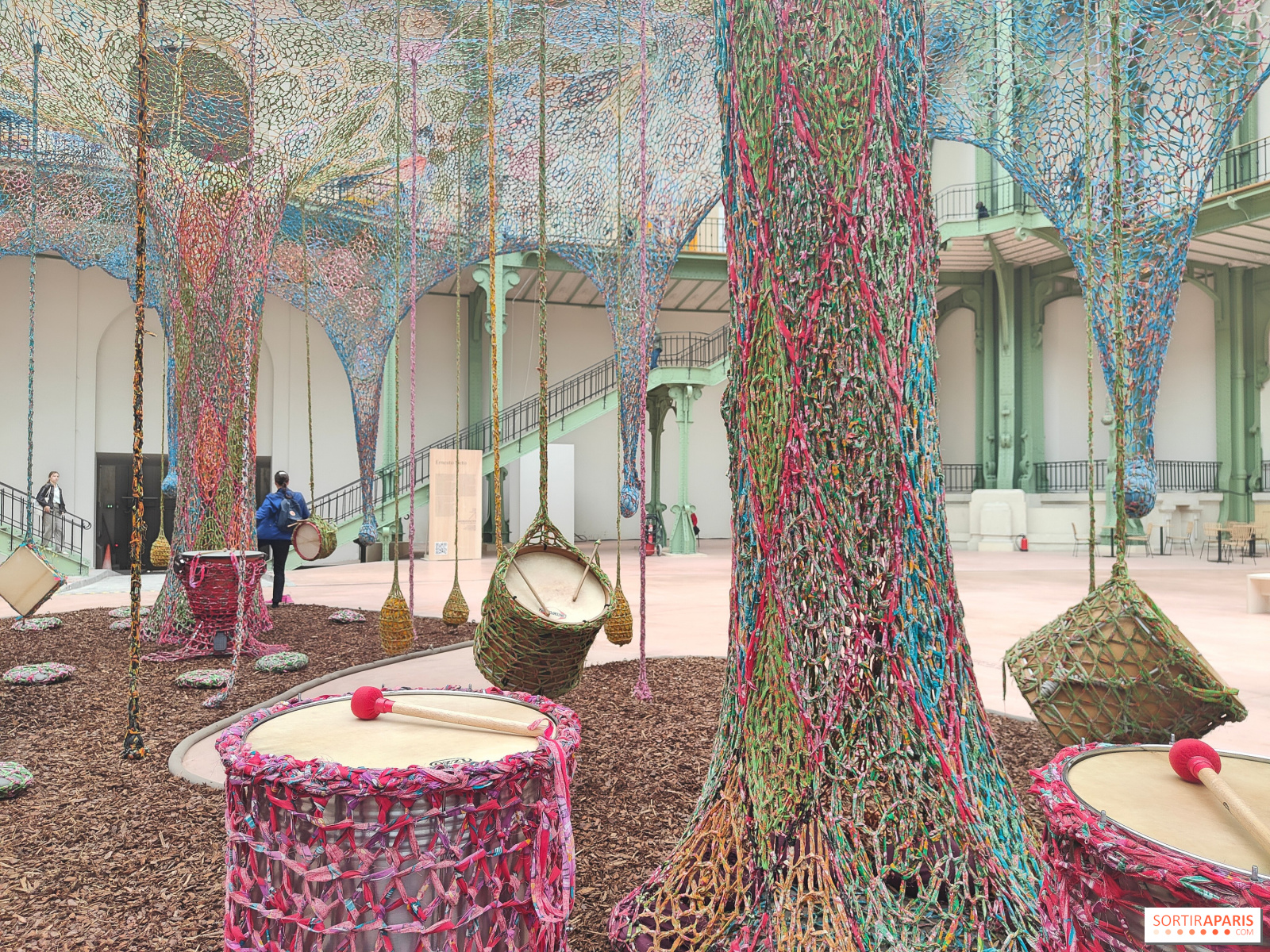- Select a language for the TTS:
- Dutch Female
- Dutch Male
- Language selected: (auto detect) - NL
Play all audios:
You have full access to this article via your institution. Download PDF Perhaps I am not alone in having always wanted to document a new species. It was only the other day that I finally
fulfilled my ambition. In which dark recess of Amazonia did I find this rare creature? I hear you ask. Luckily I did not have to travel too far. On reflection, you might say it was staring
me in the face. The first clear sighting of what I hereby term _Homo geneticus_ was of a single male individual in 1865 in Moravia. This specimen was entirely vegetarian, requiring many
thousands of pea plants to feed its appetite. There were no further sightings for 35 years, and it was assumed by many that _H. geneticus_ had gone extinct. Then, quite unexpectedly, three
individuals turned up together in 1900, in Austria, Germany and the Netherlands. Through their efforts, _H. geneticus_ began to spread, subsisting on a varied diet of guinea pigs, rats,
poultry, corn and snapdragons. With the advent, in 1910, of a highly successful insectivorous form in America, feasting on fruit flies, the future of _H. geneticus_ seemed assured. However,
rivalry broke out with the sibling species _H. selectus_. It was not until the 1930s that hybridisation brought an end to this unfortunate conflict, yielding the subspecies _H. geneticus
populationis_, known for always minding its _p_s and _q_s. The story took a further double twist in 1953, as _H. geneticus molecularis_ came on the scene. _H. geneticus_ has since gone from
strength to strength, and now boasts a diet including fish, mice, yeast, worms and weeds. With the advent of _H. geneticus genomicus_, renowned for its fondness of alphabet soup, humans have
increasingly appeared on the menu. Some have been dismayed by this cannibalistic or narcissistic turn of events. The more charitable see it as the laudable desire of _H. geneticus_ to care
for its own. _H. geneticus_ is not born fully fledged but takes time to acquire its plumage, undergoing a metamorphosis typically during the undergraduate or Ph.D. developmental stage. In my
own case, signs first became evident during my second year of undergraduate studies. I was debating whether to study genetics or chemistry in my third year, and would swing violently from
one option to the other on a daily basis. Then I discovered that lectures from _H. geneticus_ began at 9:30 a.m. rather than 9:00 a.m., and that they served coffee during exams. My
developmental fate was sealed. The metamorphosis can occur at any stage, however. I know of a medical doctor who transdifferentiated in his 50s, as he became fascinated by a hereditary
condition affecting hearing. The sensibility of _H. geneticus_ is dominated by vision. It is lured by variations in eye and hair colour, or striking patterns on a butterfly or flower. More
recently it has been drawn to fluorescing proteins, with a varied palette of red, yellow, green and cyan. It is also attracted by deviant shapes, such as those of a four-winged fruit fly, or
a many-petalled flower. _H. geneticus microbius_ looks for the presence or absence of colonies, while _H. geneticus behaviouralis_ comes up with devious schemes to sort its victims through
their own choices. Occasionally, _H. geneticus_ uses its other sensibilities, such as its sense of taste when detecting the bitterness of phenylthiocarbamide, or sense of smell when inhaling
the odour of urine following a meal of asparagus. _H. geneticus_ itself does not display any striking visual or aromatic traits. You may pass one in the street without knowing it. It is
through conversation that the species most often reveals itself. Though often of a quiet, solitary disposition (derived from many hours spent trying to fathom its subject), its eyes light up
at the mention of words such as mutant, inheritance or variation. It is then you may hear of its fascination with how a fertilised egg transforms itself through embryo and buds into an
adult; how mindless natural selection and drift over countless generations can create the great diversity of living forms; how a few altered atoms in a DNA molecule can change the way an
individual looks or behaves; how a criminal may be caught through DNA fingerprints; how genetic variations underlie the crops and antibiotics that sustain our lives. It may also talk of the
darker side; of how cell divisions may go awry to cause cancer; how certain diseases can be inherited; and how the name of genetics has been misappropriated to justify evil deeds. _H.
geneticus_ is no different from other species in seeking the company of its own, through formation of societies and congregating at meetings. It is there that you may see individuals
gesticulating to each other wildly in front of a poster, or pointing a laser at a fascinating band or phenotype. Some get carried away by their love of spaghetti diagrams, while _H.
geneticus epigeneticus_ may wax lyrical about HK27 methylation. Should you join their evening conversations, often lubricated by alcohol, you may find _H. geneticus_ gets roused if you are
unwise enough to let words like _referee_ or _journal_ slip from your mouth. You may then be regaled with the numerous injustices that have been inflicted, often by suspected members of its
own species. Talk may then turn to iniquities of grants and funding, at which point you might feel the urge to leave. However, these topics aside, you should find _H. geneticus_ to be of a
congenial disposition. There are those who fear that _H. geneticus_ is in danger. They worry that because of its propensity to cross with other species, it will become subsumed in an
interdisciplinary hybrid swarm, with traditional ideals being lost. Others welcome these developments, and take them as a measure of the success of a very adaptable species. Whatever your
view, there can be no doubt that _H. geneticus_ has been very influential in shaping our scientific ideas for more than a century, and that the hundredth birthday of its earliest society is
more than worthy of celebration. AUTHOR INFORMATION AUTHORS AND AFFILIATIONS * John Innes Centre, Cell and Developmental Biology, Norwich, UK Enrico Coen Authors * Enrico Coen View author
publications You can also search for this author inPubMed Google Scholar CORRESPONDING AUTHOR Correspondence to Enrico Coen. RIGHTS AND PERMISSIONS Reprints and permissions ABOUT THIS
ARTICLE CITE THIS ARTICLE Coen, E. Homo geneticus. _Heredity_ 123, 79–80 (2019). https://doi.org/10.1038/s41437-019-0215-1 Download citation * Received: 09 November 2018 * Revised: 25
January 2019 * Accepted: 27 January 2019 * Published: 12 June 2019 * Issue Date: July 2019 * DOI: https://doi.org/10.1038/s41437-019-0215-1 SHARE THIS ARTICLE Anyone you share the following
link with will be able to read this content: Get shareable link Sorry, a shareable link is not currently available for this article. Copy to clipboard Provided by the Springer Nature
SharedIt content-sharing initiative







